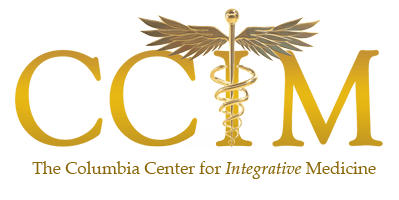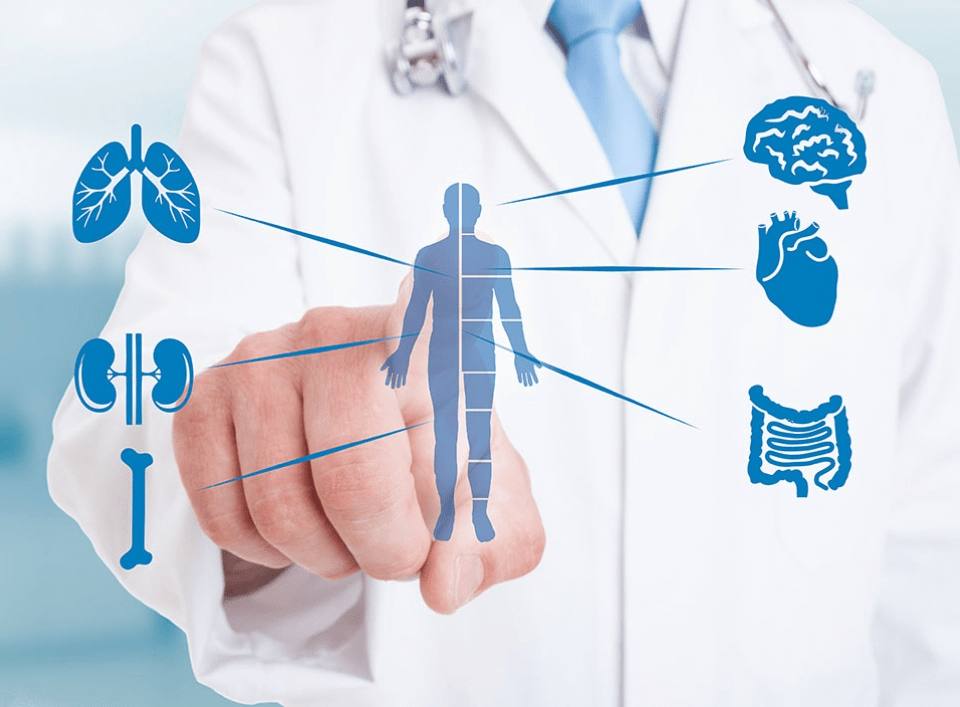
CCIM EDUCATION SEMINAR LUNCHEON
April 13, 2015
NOW OFFERING THE FOLLOWING CUTTING EDGE PROGRAMS AND SERVICES:
July 27, 2015By Dr DV Dushyant Viswanathan, MD, ABIM, ABOIM
Principle: From a physician’s perspective, the ultimate purpose of the encounter with the patient is to formulate an assessment that leads to a plan of action, the execution of which leads to resolution of the complaints and symptoms which necessitated the encounter in the first place.
The fact that the majority of medical practices in the country today do not adhere to this principle is a problem which may contribute to the extraordinary burden of unresolved and progressive chronic illness among our fellow man. In the 20th century, medical practice transformed into an industry in which symptoms and human suffering are coded via an outdated and obsolete system, made financially profitable by a massively bureaucratic reimbursement system, then treated using pharmaceutical drugs that were proven to be effective during highly controlled clinical trials, (which are often funded by the companies that make the drugs themselves), trials that frequently do not replicate realistic clinical scenarios.
Totally absent from this all-too common pattern are assessments of the patient’s health as a whole, and the presence or absence of physiological imbalances which predispose to certain illnesses. As a result medical care is never proactive, and patients frequently experience illness after illness, affecting different organ systems progressively, and often this is complicated by depression, poor quality of life, disability and debility, and simply put, abject human misery. Many doctors don’t even harbor the idea of reversibility of illness, simply because they’ve never seen it; they are the harbingers of negativity, false hope, and/or lack of hope. As a consequence a major sector of the general public views doctors as simply agents of Big Pharma; people in whose “care” your health just might get worse.
As an internist specializing in integrative medicine, my goal is to strictly, even religiously, adhere to the principle stated at the beginning of this article: resolution of symptoms, optimization of health, and high quality of life are my pre-eminent clinical goals. This philosophical framework and the work flow required to make this happen in day-to-day reality of our medical practice help ensure success and excellent patient outcomes. The specific aspects of this work flow will be the subjects of several articles I will write on the topic of Optimizing Effectiveness in Clinical Practice.
Of utmost importance to our medical practice is our practice to spend a lot of time with patients and be extremely detail oriented. The more information I have about a patient, the more likely I can be of service. How does one obtain such details? In comprehensive encounters, often taking 3-4 hours in length. At CCIM a physician on a busy day will see 4-5 patients in a 12 hour day, to allow for plenty of unrushed time for each encounter. A new patient typically will spend 2-4 hours with the physician and staff; usually the patient leaves feeling better than when they came in, simply because of the high quality of experience; every detail about their health and concerns will be addressed and included in the comprehensive assessment.
While it is important to have a very comprehensive encounter, (typically I’ve already looked over past records, labs, and answers to an intake questionnaire even before the 1st encounter), it is vitally important to obtain a detailed life history and perform complete physical examination. There are so many clues in a person’s medical history which suggest possible underlying physiological imbalances that require iteration. I take an extraordinarily detailed history, often going chronologically from early memories of childhood. Slowly over the course of the encounter, a holistic picture comprising physiology, emotional body, and psychospiritual being begins to emerge.
We get to know every detail about our patients- their relationships, their eating habits, their psychosocial issues, and their emotional history. We take time to make sure that we are on the same page when it comes to our goals. Eventually lab testing is typically warranted, results of which are placed in context of the assessment and clinical picture to further its completeness. What eventually emerges is a holistic picture of patterns of behavior, physiology, and perceptions which are the ultimate causes of symptoms. Our customized treatment programs take all of this into account and are designed to resolve imbalanced patterns. When physiological and psychospiritual cycles and patterns are optimized as a result of the customized treatment patterns (this is measurable), symptoms go away, and patients feel better.
When people feel better, they realize they are capable of joy, of high quality of life, of healthier relationships, and as a consequence their spirituality and interest in proactive life and health choices typically burgeon. We have programs customized for people focused on longevity and wellness; they are no longer sick, and want to stay happy, healthy, and well into their elder years. These people have given us opportunities to serve them, and as a result of our work with these patients, we have been invited to speak at the Age Management Medicine Group Conference in Las Vegas in November of this year https://www.agemed.org/November2015/tabid/1342/language/en-US/Default.aspx
What is extraordinary for me as a physician is to participate in each patient’s healing trajectory, observe them become well and proactively stay well while optimizing their quality of experience.




